Without some forethought and tender loving care, your indoor plants might not last longer than a few weeks
If you've found reasons to decorate your home with plants and selected your preferred method of incorporating greenery, here are five things to consider when bringing plants into your home.
Species Not all plants are made equal. Some plants flower, some don't. Some thrive in direct sunshine, while others prefer shade and the quality of diffused sunlight that breaches the canopies of jungles - you'll likely need the latter variety of plants if you intend to grow them indoors.
If you're sourcing plants from the wild, look for those growing in the understory layer or on the ground - if you're sourcing plants from a nursery, ask for "shade-loving" plants.
Aileen Xu talks about some of the common plants suitable for growing indoors.
Environment Just like humans, adequate levels of lighting and comfortable temperature ranges are necessary for plants to survive and grow. Even if you specifically picked out specimens from the jungle floor, your indoor plants will certainly need some light - either natural light from a window or an artificial light with a fixture.
Being in the tropics, the ambient air temperature in your home would be ideal for the majority of plants - but the humidity indoors is often significantly lower than in the wild due to air conditioning. When planting in dry environments, consider using lipped containers and a porous soil mixture to retain moisture.
Substrate The kind of substrate you use is almost as important a factor as the environmental concerns of light, temperature, and humidity. Pack a pot with soil too tightly and water will take too long to drain out, which could rot the root systems of your plants - soil is also decidedly less charming when you find it sprinkled over your living room carpet.
The most common organic materials and minerals used for indoor gardening would be coco coir, peat moss, vermiculite, perlite, or rock wool - but substrates composed of these materials are not inherently fertile and will require some moderation in mixtures and adjustment of nutrients. A savvy indoor gardener might also consider using Midorie's Pafcal as a substrate - the lightest and most widely used soil substitute in vertical gardening.
Maintenance Unless you've put it in a sealed container, you'll need to devote some time to watering and fawning over your new indoor plant - and more importantly, you'll need to maintain a fine balance between plenty of TLC and stifling care.
Potted plants, even if they're known to be better suited to shade, still need to get some time in the sun. If you're not already supplying your indoor plants with plenty of light, you'll need to bring them out for some yard or balcony time every week or so - and it probably goes without saying that you'll need to water them regularly too.
Automation The novelty of incorporating some gardening chores in your daily routine will wear out quickly - especially if you are hoping for something spectacular to happen in response to your diligent care.
Whether or not you're the kind of gardener who expects a magic beanstalk to burst out of your tiny pot, you'd benefit from automating some of these gardening chores. The same technologies that go into smart homes can also be applied to putting your lighting fixtures, drip irrigation, and air treatment on a schedule to mimic the fluctuations found in nature.
.jpeg)

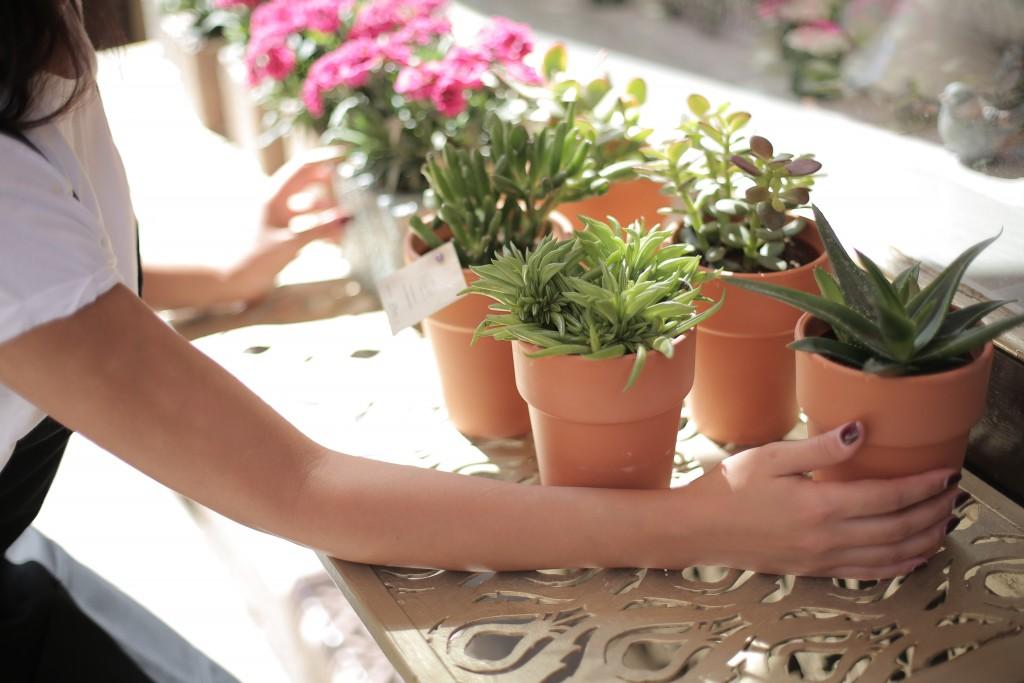
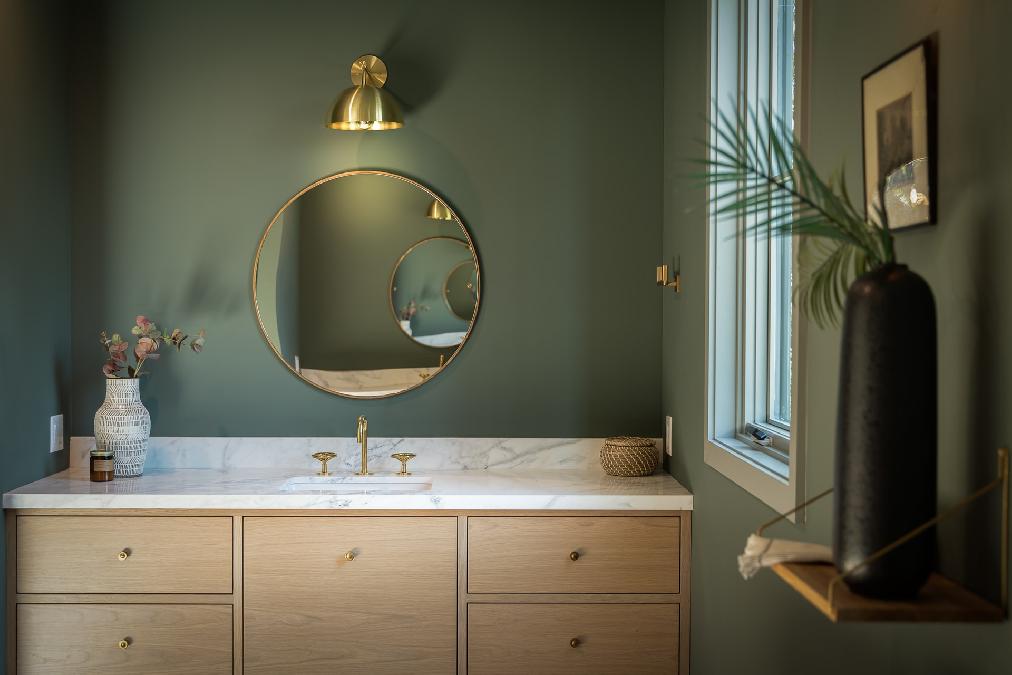
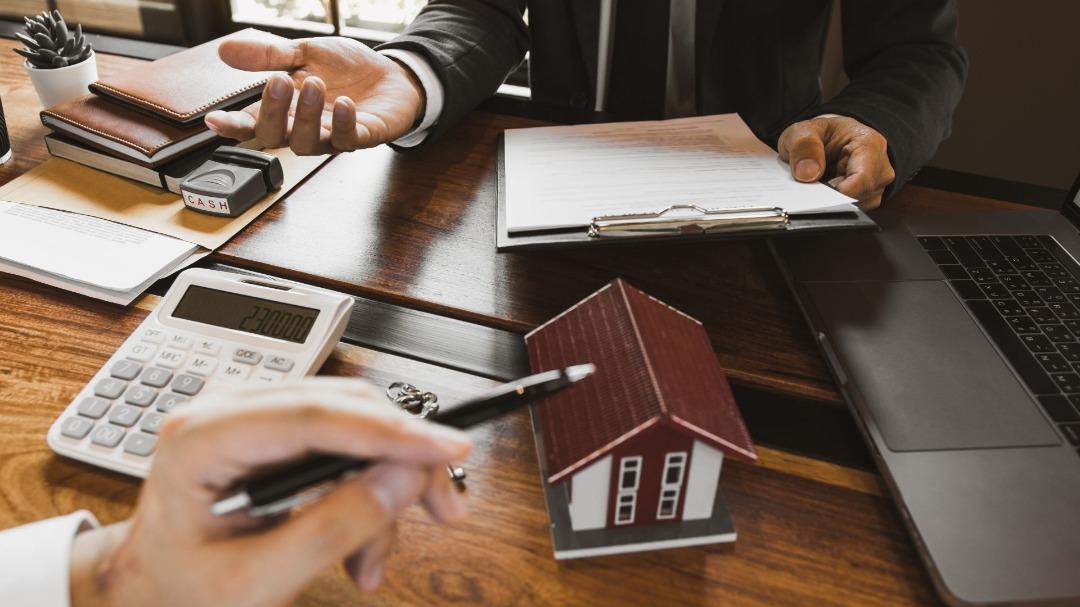
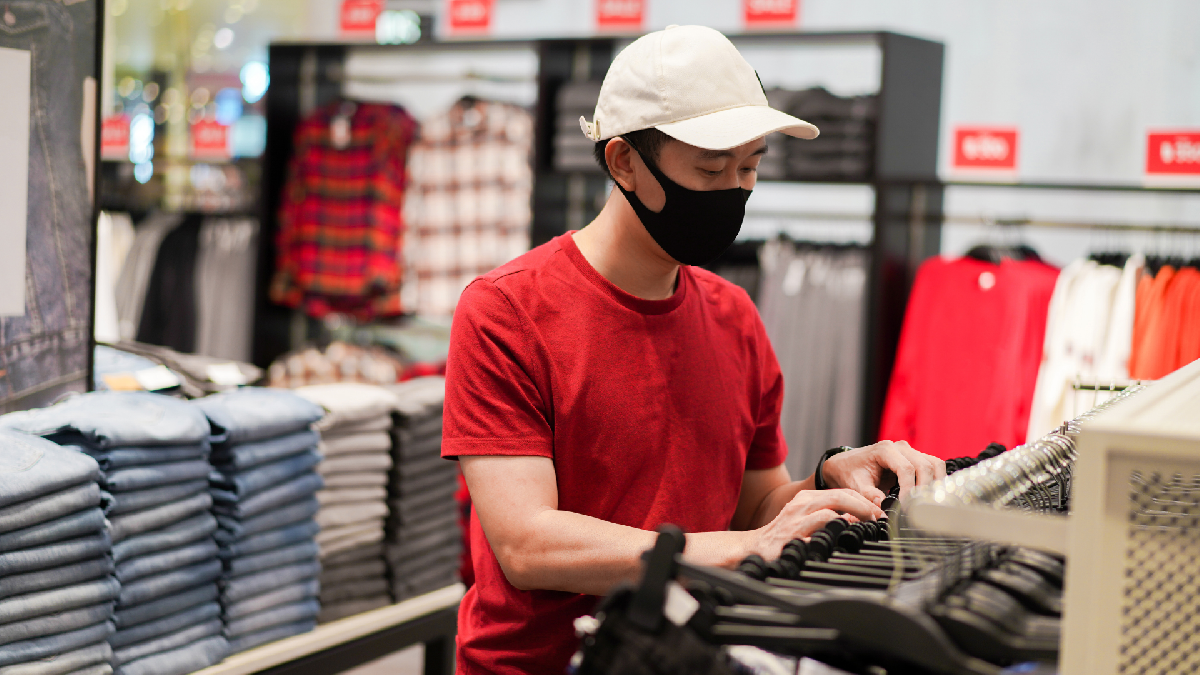

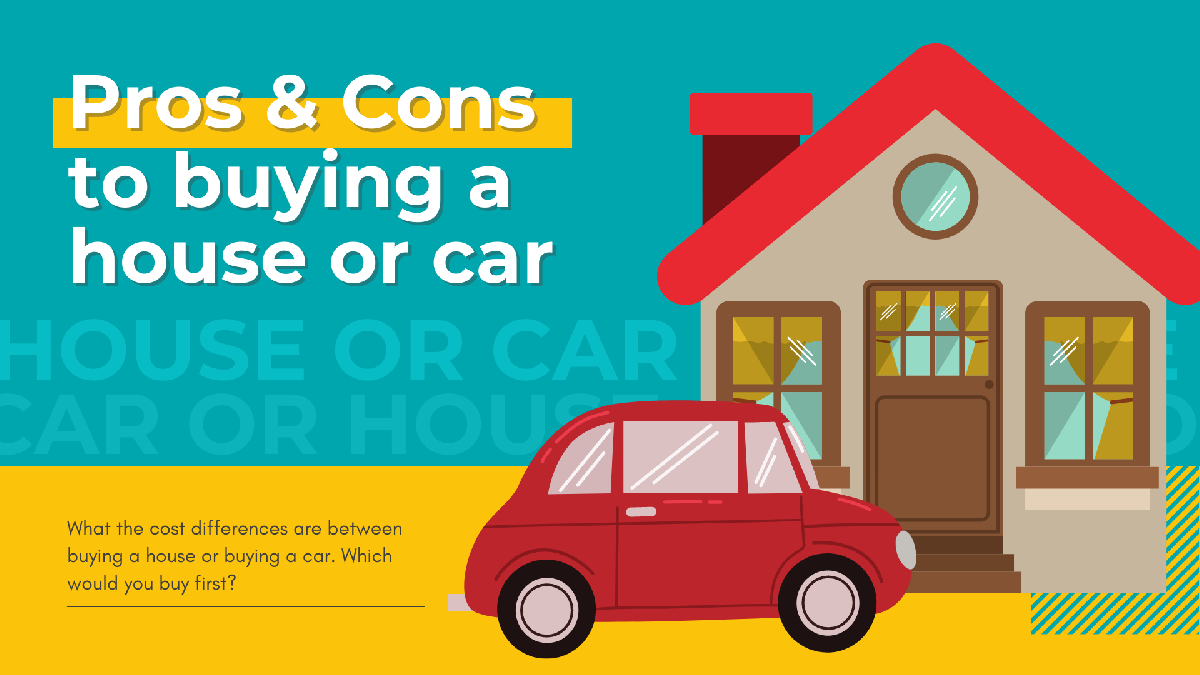


.jpeg)
